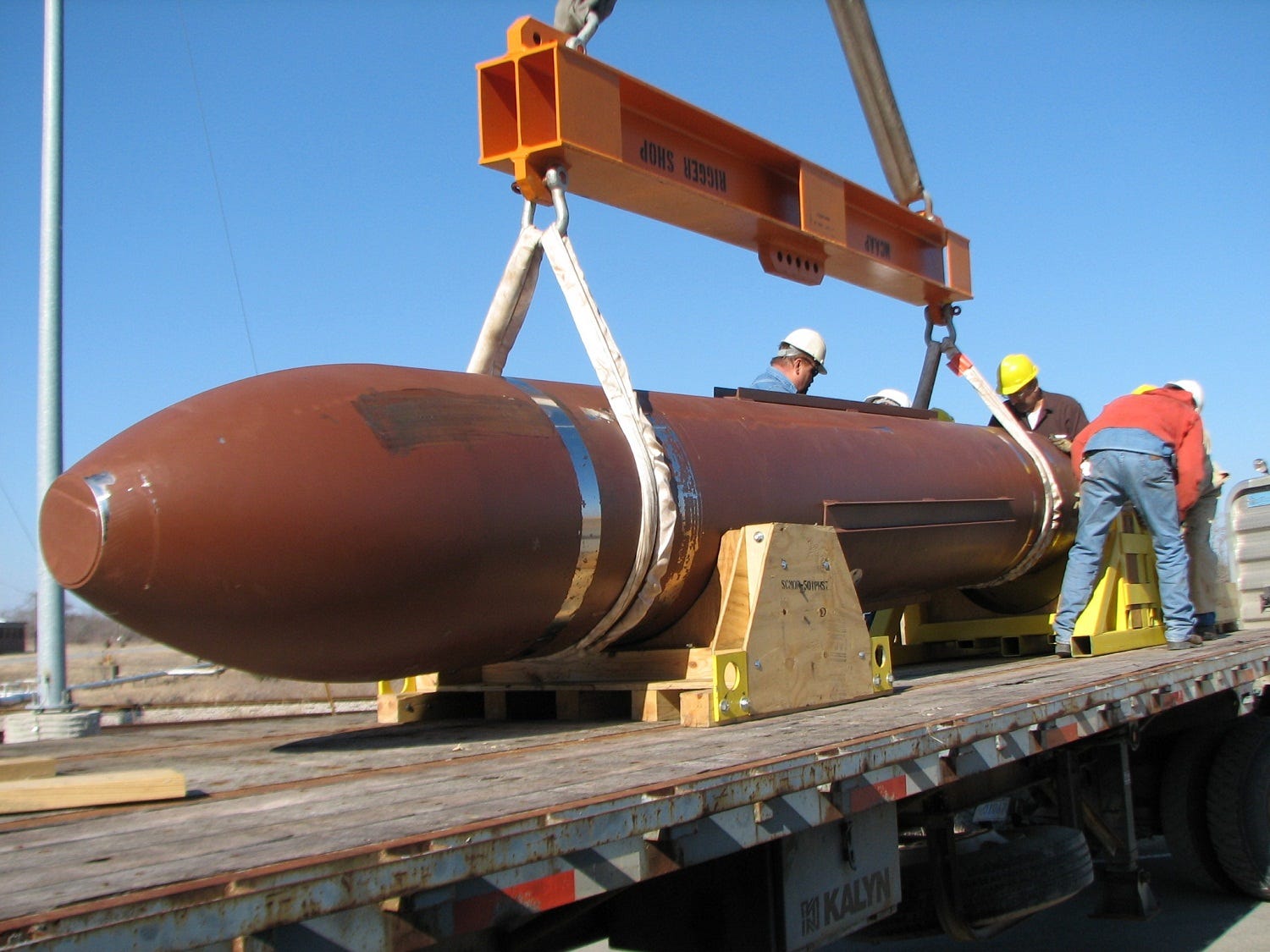Dhruva Jaishankar
January 27, 2015
The most obvious is through a purely symbolic lens: the significance of having a US president as chief guest at India’s Republic Day. This alone ensures that it is no ordinary visit but an implicit acknowledgement and celebration by the US of India’s constitutional democracy, its diversity and role as a responsible military power. Additionally, between his two visits, Obama will have spent almost a week of his eight-year presidency in India, a not-insignificant amount of time, given his priorities at home and abroad with respect to West Asia, Afghanistan/ Pakistan, Russia and China.
Obama was also greeted warmly in the Indian capital this week, at a time when US relations with several other major countries — Russia and China, and even allies such as Germany, Japan, Turkey and Israel — are relatively poor or frosty. Despite the tyranny of routine crisis management, both sides have shown that they can take the time to invest further in a mutually beneficial partnership. By this measure, Obama’s very presence at Republic Day already makes this visit a success.
